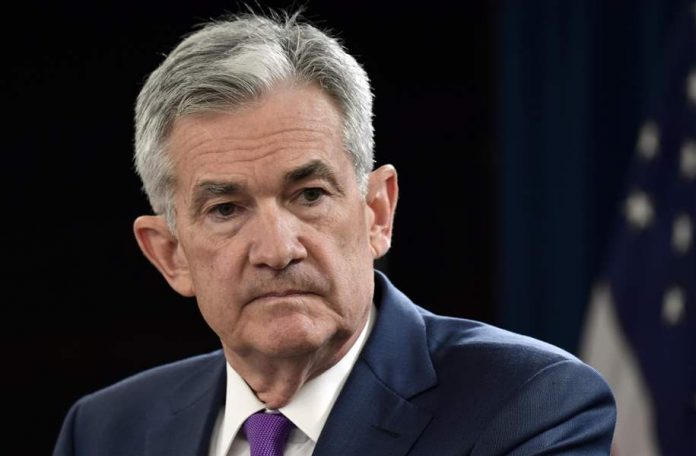The S&P, Dow, and Nasdaq Composite plunged this morning as Wall Street’s no good, very bad January got worse. Bulls – the few that remain – were left seeing red today across virtually every sector and industry. Few stocks were spared in the selling.
All three major indexes have descended beneath support at their December lows as a result, led lower by the tech-heavy Nasdaq Composite.
And with a critical Federal Open Market Committee (FOMC) meeting coming up this week, the market could face yet another significant test as the Fed continues its fight with inflation.
Goldman Sachs analysts released a note over the weekend suggesting that Fed Chairman Jerome Powell may have a few hawkish surprises in store for traders in his post-meeting remarks.
“Our baseline forecast calls for four hikes in March, June, September, and December,” said Goldman economist David Mericle.
“But we see a risk that the FOMC will want to take some tightening action at every meeting until the inflation picture changes. This raises the possibility of a hike or an earlier balance sheet announcement in May, and of more than four hikes this year.”
This goes completely against commentary provided last week by Wall Street banks, the majority of which expected a dovish announcement from Powell in response to the market’s sudden downturn.
But now, midway through a rough earnings season (in terms of both profits and forward guidance), the Fed has been forced into even more of a “damned if you do, damned if you don’t” situation.
In March, the Fed will clearly be hiking rates into either:
- Stagflation, which would undoubtedly cause a market meltdown. Or…
- A rate hike-driven recession, which would potentially reduce inflation by not only raising rates but cooling red-hot economic demand as well.
Option A would be bad. Option B could be catastrophic. Both would wound bulls severely in 2022.
The small-cap Russell 2000, which some analysts view as a good indicator of the health of the US economy (myself included), has officially entered a bear market as of this morning. The index is down 20% from its November high, which was also the index’s all-time high.
The S&P, by comparison, is down roughly 10% from its all-time high. The Russell 2000 typically leads the other indexes when bear markets occur. Analysts from Jeffries pointed to the small-cap index as evidence of recessionary fears (and a future S&P bear market), courtesy of the Fed.
“We think the market is now thinking the ‘R-word.’ Why else would the Russell 2000 be down as much as it has been?” asked Jeffries strategist Steven DeSanctis.
“Investors see an aggressive Fed pushing the US economy into a big slowdown or even a recession over the next year.”
And so, when the January FOMC meeting wraps up this Wednesday, the market could face a true “make or break moment.” If it becomes clear that Powell is intent on sparking a recession to stop inflation, major pain could be waiting for bulls on the other side of the meeting, likely dragging each major index (and the Russell 2000) to even lower lows in the process.








